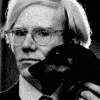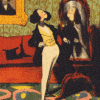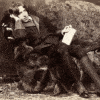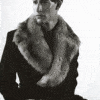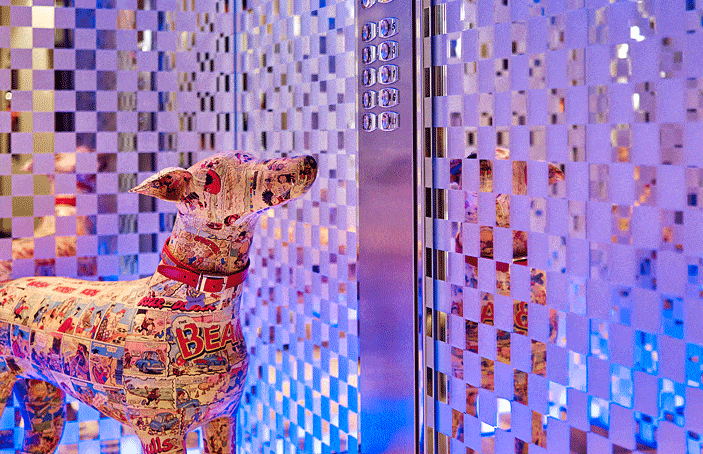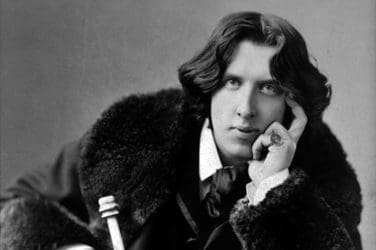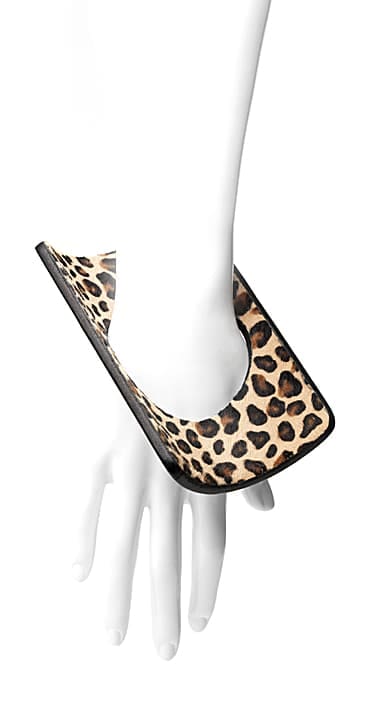Dandy-Vibes – The rise, fall and rebirth of the Dandy – words Indira Holzer
A pretty boy surrounded by women, luxury and the early 20th century Vienna – What a fascinating picture pops up in our heads!
The color of this elegant image begins to fade though when we ask for the ways through which this exemplary figure of a man gained all that.
Anatol is the main character in Arthur Schnitzler’s eponymous play first staged in 1910 in Vienna. He is a young charmer who can be accused of having a misogynistic attitude and acting solely on a selfish purpose. However, a black and white judgement would not do him justice, so we try to unfold his complex character and the socio-political ideology which is bound to it.
Imagine the Belle Epoque and this faux-aristocrat living his upper-class life by a somewhat hedonistic credo. There is charcoal in the air and every head holds a fashionable hat. However, the playboy Anatol is still carrying an aura of melancholy and self-irony around him. He would be the one on a cover of a 20th century Vanity Fair with a subtitle announcing, ‘Does success really make you happy?’.
He questions everything from the social order to the purpose of life but at the end always finds joy in the unpredictability of his fancy existence. The whole plot revolves around him philosophically researching the female nature and the substance of love and partnership norms. His loyal friend Max stands by him when he struggles with managing his several relationships with women, his objects of study, so to say – just like how the public was treating women back then.
Schnitzler’s original play is all about capturing the cultural essence of the turn of the 20th century with all its decadent notions, and picking on it like a mischievous but a bit indecisive bird. Schnitzler displays the financial and moral conditions in which women and men were living together at the time rather than speaking himself out for anyone or anything. He analyses well, but fails to inhibit a clear moral position. For there was enough morally dubious material to find in Freud’s theories on hypnosis and other outbursts of the atmospheric misogyny at the time. It was also very easy to go with it and don’t speak up as a man and author in times of harsh censorship. So, he lets his protagonist play with women how it was usual for a rich man of the Belle Epoche and how a narcissistic man would probably do it at any time. Anatol not only belittles women but also seeks to find cunning traits of them to confirm his misogynistic viewpoint laid out in his monologues and casual, friendly conversations with Max.
Does any of this sound familiar to you as a 21st century reader? Casually accepted misogyny is one aspect which relates the dandies Arthur Schnitzler and Anatol to postmodern society. Nowadays there are certain videos going around on social media about how women always mean the contrary of what they say and how difficult it is to decrypt them. The amateurishly staged female characters in these performances are comically melodramatic and exaggerated. Nonetheless, they can be understood as serious female stereotypes without any clear criticism on that presupposition. If there is any trace of ironic subversion of these stereotypes, it is surely a very subtle one – Schnitzler would love it, no doubt.
These videos tell us that women are unpredictable and don’t really know what they want. Ridiculously enough, dandy-figures programmatically show off so called ‘feminine characteristics’ like moodiness and an inclination to fashion. Western postmodern society can so deal with that! Feminism, the LGBT-movement and the new digital wave of hypertext literature show us that considering our society, absolute oppositions and strict verges are not appropriate anymore and that everything is constructed anyway.
A cross-dressing Anatol would theoretically (!) not face public disrespect in a 21st century urban culture legally and socially opening up to diversity. But it was not so when Schnitzler was writing. The only reason why dandies like Anatol were not directly offended was their ‘femininity’. Like women they were not taken seriously and were considered entertaining. While not being taken seriously might itself be discriminating, at least they could speak their mind freely without any consequences.
Nobody could tell how much of the Dandy persona was real and hence to be understood as a provocation of the norm, or put on and merely part of a witty and whimsical fiction. Reality, gender and symbolic behavior is a grey area anyway but to exhaust the possibilities of marking but never overstepping boarders is the live art in a dandy-production. Those dandy characters stress gendered attributes in order to get what they want, like the reliance to some sort of female irrationality can allow a less constrained discourse about the rich and powerful. Anatol claims to ‘feel when others can only enjoy’ but distances himself from ‘too much’ emotionality when he calls his lover Emilie a sentimental whore because she had kept the amulet of her first lover. The classical dandy is misogynist on a new level – he does not only take on the dress of a woman whenever he wants to get his shit out, but he also denies any solidarity to them when it comes to the crunch.
Now, what does a supposedly gender-sensitive and inclusive urban audience make of Anatol? They understand him better than ever before because they understand him as one of them, leaving misogynist debates aside and behind – For dandies are real and they can be found all around us. As this vague, complex and unapproachable character, Anatol is a timeless representation of capitalistic townsfolk. The figure of a chic and charismatic townsman, who surprises his company with sarcastic comments on the wage gap or gender inequalities during rejoicing suppers, is not a result of talented fantasists like Arthur Schnitzler. He is rather a real socio-demographic mate. Our modern cities are full of dandies and dandizettes, here is why:
The classical dandy understands himself as a total artwork and it works quite similar for modern individuals. Modern lifestyle is getting more and more designed through all fields from clothes and furniture to cosmetics and beyond. This trend could become a matter of the broad middle class because mass-manufacture and globalisation have made designer goods more obtainable. Nowadays, pop up creatives and coffee shop owners in Shoreditch share Anatol’s costume of ironic scorn towards the uptight business class. Nudie Jeans states that their jeans are, of course, unisex and there is a specialized team working on cuts which theoretically fit both men and women’s bodies.
Mathew from Holy Shot says in a short chat across the counter that he saw an impersonal city like London in need for a high-quality coffee shop with real-life chat-service while he mixes their high-quality coffees. Even coffee-drinking has become a conceptualised lifestyle experience. The London hipsters also carry the emotional baggage of living sustainably. May it rather be for the sake of preserving one’s cocky ego than for real care about saving the planet. There is the good green image but rather fake environmental and social intentions of people, there is a good direction but rather shy improvement happening. We still fuel the multiple garbage islands in the atlantic, the pacific and the indian oceans. We still have no solution for 4o% of the world population living in poverty. We still pay women less than men.
Dandies do not go with the mainstream. However, they criticize rather with a subtle, role model-like impact on their followers because they are too idle to openly offend anyone. Anatol is not a man of action, he does not want to risk his good image for any cause. But he does not want to be mediocre either.
The new millennial-dandies rely on a big confidence and their individual creativity earning them a limitless and outstanding life. Yet they still care about established social labels and want to belong to the bigger crowd. They set up a mannered tone and an inspiring personality when interacting with strangers and fashion magazines are their daily prayer. But in the good old dandy manner, interactions are spiced up with a sense for smooth ironic conversation about all this ridiculous spectacle of norms. In that picture, gender and sexual orientation seem to form part of the open minded and provocative lifetime-experiment. Protests and revolutions are not what dandies are normally going for, as German university professor Robert Hettlange argues. Well, hipsters do not leave the comfort zone either.
Anatol might be overdrawn and not the perfect role model for our future generations. He is an irresponsible dick, a helpless narcissist and a childish, ironic critic of grown-ups like himself. It is more for the latter though, that we will always admire his stylish and clever ways of handling all the dirt in the streets.
Dandy-Vibes – The rise, fall and rebirth of the modern Dandy – words Indira Holzer


